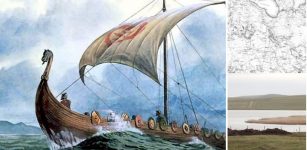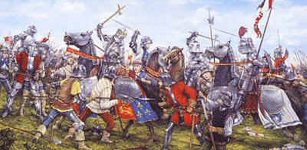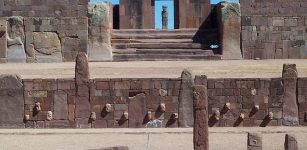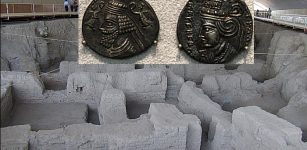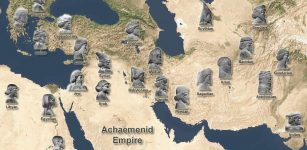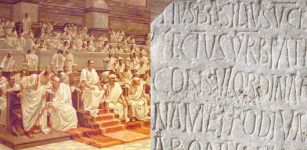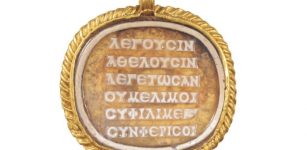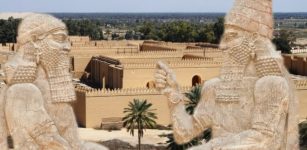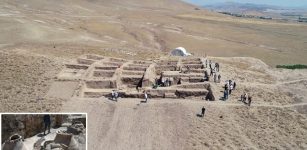On This Day In History: Francis Drake Was Knighted After He Completed A Circumnavigation Of The World – On Apr 4, 1581
AncientPages.com - On April 4, 1581, Francis Drake was knighted after completing his world circumnavigation. Queen Elizabeth herself knighted him. He is documented as the second person in history to have successfully traveled around the world.
Drake receives knighthood from Queen Elizabeth. Bronze plaque by Joseph Boehm, 1883, the base of Drake statue, Tavistock. Credits: Wikipedia
Drake was born in Tavistock, Devon in around 1540 and went to sea at an early age.
In 1567, Drake made one of the first English slaving voyages as part of a fleet led by his cousin John Hawkins, bringing enslaved Africans to work in the 'New World.' All but two expedition ships were lost when attacked by a Spanish squadron. The Spanish considered him a pirate.
In 1570 and 1571, Drake made two profitable trading voyages to the West Indies. In 1572, he commanded two vessels in a marauding expedition against Spanish ports in the Caribbean.
He saw the Pacific Ocean and captured the port of Nombre de Dios on the Isthmus of Panama, and returned to England with a cargo of Spanish treasure and a reputation as a brilliant privateer.
In 1577, Drake was secretly commissioned by Elizabeth I to set off on an expedition against the Spanish colonies on the American Pacific coast.
He sailed with five ships, but only one was left by the time he reached the Pacific Ocean in October 1578.
To reach the Pacific, Drake became the first Englishman to navigate the Straits of Magellan.
In 1585, Drake sailed to the West Indies and the coast of Florida, where he sacked and plundered Spanish cities.
On 15 March 1587, Drake accepted a new commission to disrupt the shipping routes and slow supplies from Italy and Andalucia to Lisbon. He also wanted to trouble enemy fleets that were in their home ports, and capture Spanish ships laden with treasure.
When arriving at Cádiz on 19 April, Drake found the harbour packed with ships and supplies as the Armada was readying and waiting for a fair wind to launch the fleet to attack.
In the early hours of the next day, Drake pressed his attack into the inner harbour and inflicted heavy damage. Claims of the exact Spanish ship losses vary: Drake claimed he had sunk 39 ships, while the Spanish admitted the loss of only 24.
In 1588, he was a vice admiral in the fleet that defeated the Armada.
Drake's last expedition with John Hawkins was to the West Indies, but the Spanish were prepared for him this time, and the venture was a disaster.
Drake died on January 28, 1596, of dysentery off the coast of Portobelo, Panama. Hawkins died simultaneously, and their bodies were buried at sea.
AncientPages.com
Expand for referencesReferences:





